

Matt Campbell
2025 Toyota Yaris Cross review
4 Days Ago
A plug-in hybrid version of the Lamborghini Urus SUV is due in 2024, the same year as the plug-in hybrid Huracan successor.

Contributor


Contributor
Lamborghini will launch a plug-in hybrid version of its Urus SUV in 2024 as the Raging Bull brand electrifies its lineup.
This upcoming plug-in hybrid (PHEV) SUV will bring the fight to the upcoming electrified BMW XM SUV, as well as the Porsche Cayenne Turbo S E-Hybrid.
It’ll arrive a year after the plug-in hybrid Aventador successor, with a plug-in hybrid Huracan successor due in 2024 as well.
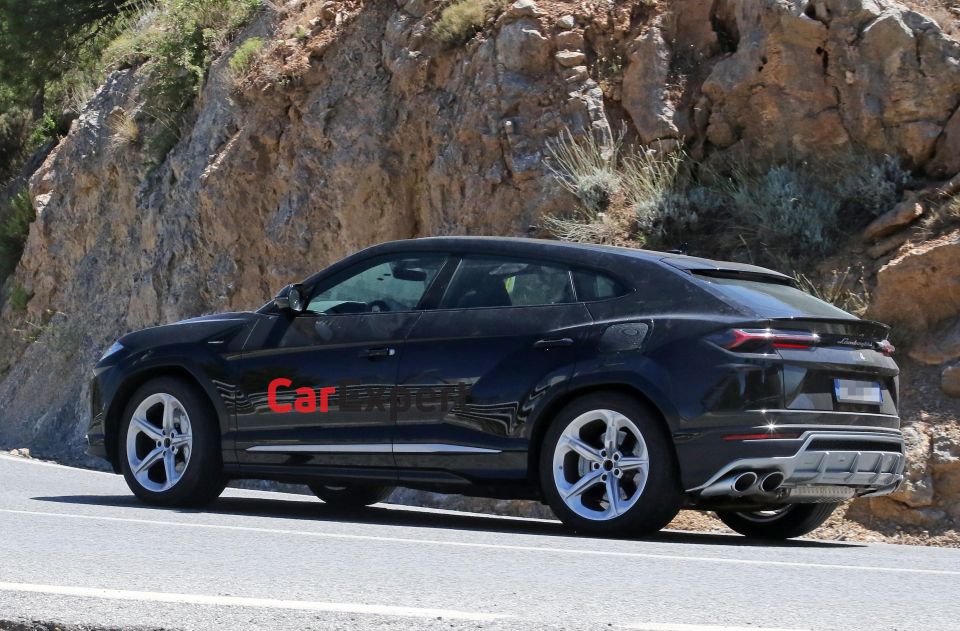
A prototype of the Lamborghini Urus PHEV without any camouflage was recently spied in Europe with a charging flap on its left-hand side rear wheel arch.
At this stage it’s unclear what will power the Urus PHEV, but it could share its plug-in hybrid powertrain with Porsche.
The Cayenne Turbo S E-Hybrid uses a 4.0-litre twin-turbo V8 mated with an electric motor and a 17.9kWh lithium-ion battery, with total system outputs of 500kW of power and 900Nm of torque.
These outputs are up 13kW and 50Nm on the 4.0-litre twin-turbo V8 engine in the ‘regular’ Urus.

The upcoming BMW XM, which is set to be revealed later this year, is powered by a “newly-developed” V8 engine mated to an electric motor, with claimed system outputs of 480kW and 800Nm.
On the design front, there’s a facelifted version of the Urus coming in 2022, while Lamborghini has recently teased what appears to be a hotter version of the Urus that’ll reportedly pack more power.
The hotter Urus, which could wear the EVO name, has previously been spied wearing an aggressive, reworked front fascia with different side air intakes and a reworked upper grille cutout, among other styling changes.
Reports from the UK have suggested the Urus EVO will feature more than 500kW.

The Urus recently ticked past 20,000 cars produced and has proven to be very popular among customers who normally wouldn’t buy a Lamborghini.
“Urus really opened a variety of customers who are totally new to the brand,” said Lamborghini’s director for the APAC region, Francesco Scardaoni.
Lamborghini has previously said it’s launching its first hybrid series-production vehicle in 2023, with Mr Scardaoni confirming it will be the Aventador successor.
This successor to the Aventador has been previously spied and will have a V12 naturally-aspirated engine with a plug-in hybrid system.
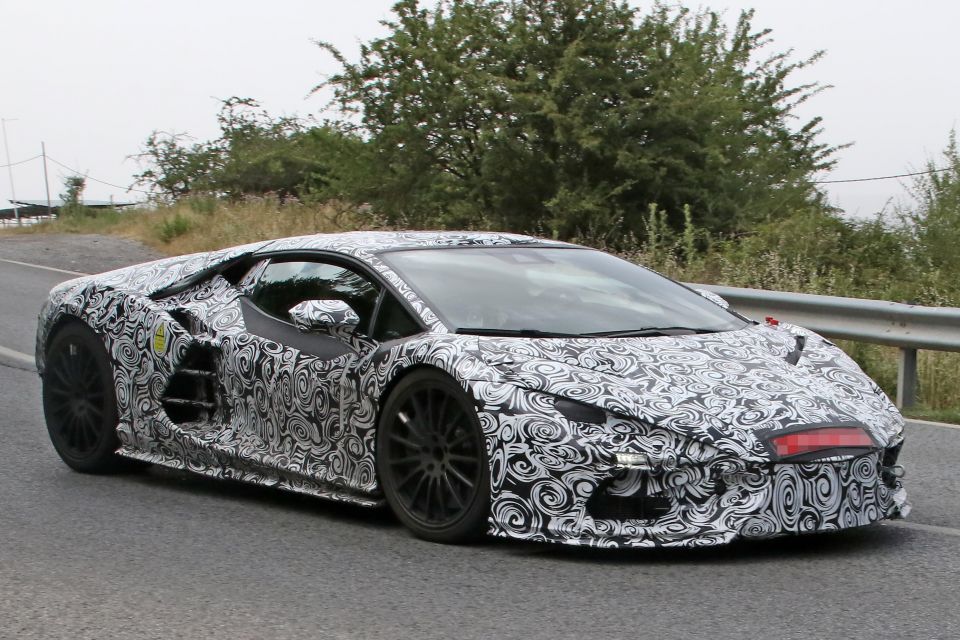
The Urus PHEV and electrified Huracan successor will follow in 2024.
Lamborghini’s roadmap to electrification will culminate with its first all-electric model, which will arrive “by the second half of the decade”.
Mr Scardaoni recently confirmed this electric vehicle (EV) will have a 2+2 seating configuration.
Previous rumours have pointed toward it being a grand tourer that will look similar to the Estoque sedan from 2008, and the Asterion concept in 2014.
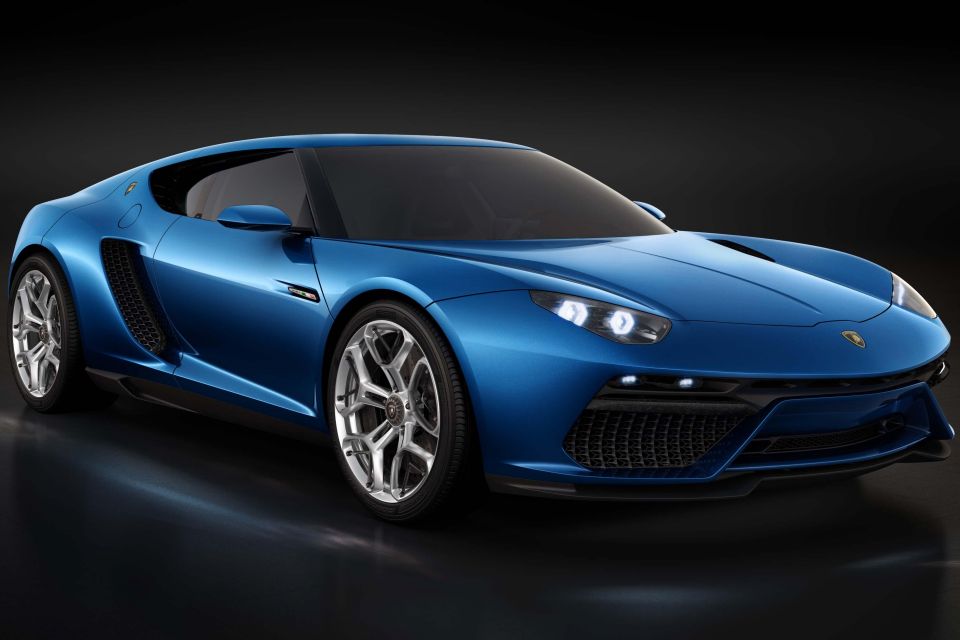

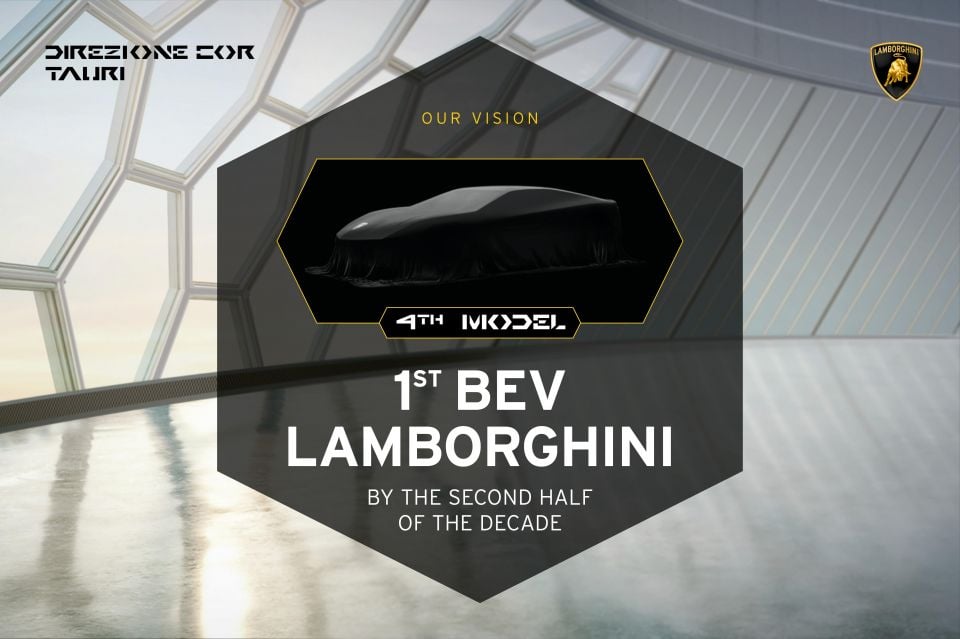
Before the PHEV models and the new EV launch, Lamborghini will reveal three new cars before the end of 2022, starting this month.
Two of these upcoming models are going to be Urus variants and the other is a Huracan variant.
Without saying it exactly, Mr Scardoani more or less confirmed this upcoming Huracan variant will be a high-riding version called the Sterrato and it will be revealed in December 2022.
This Huracan Sterrato will be the “final” variant in the line of the V10 Huracan supercars that started in 2014.
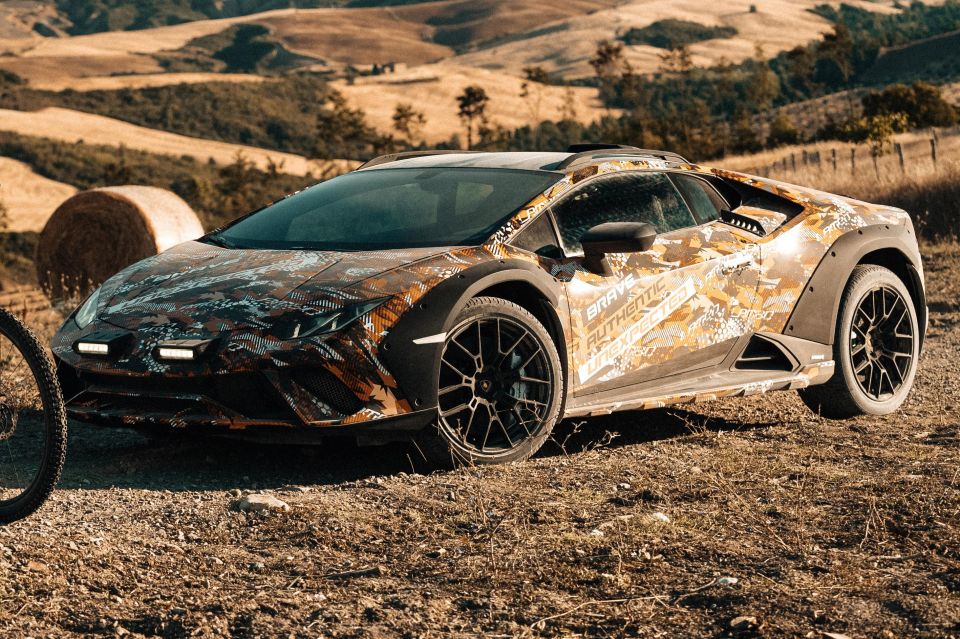
Mr Scardaoni confirmed there’s already plenty of “expressions of interest and deposits paid to our dealers, including in Australia”, even though the “ordering system isn’t officially open yet”.
The Sterrato, according to Mr Scardaoni, will live in “a segment that doesn’t exist until now”.
Mr Scardaoni also said customers are asking questions about things like “ground clearance and pitch angle”, which aren’t usually of concern to the average Huracan buyer.
MORE: Everything Lamborghini Urus MORE: Lamborghini revealing three new cars before the end of 2022 MORE: Lamborghini Huracan Sterrato high-rider to be ‘final’ variant
CarExpert helps new car buyers save thousands with expert reviews, honest advice, and transparent pricing – no dealer pressure and no sales games.
Jack Quick is an automotive journalist based in Melbourne. Jack studied journalism and photography at Deakin University in Burwood, and previously represented the university in dance nationally. In his spare time, he loves to pump Charli XCX and play a bit of Grand Theft Auto. He’s also the proud owner of a blue, manual 2020 Suzuki Jimny.


Matt Campbell
4 Days Ago
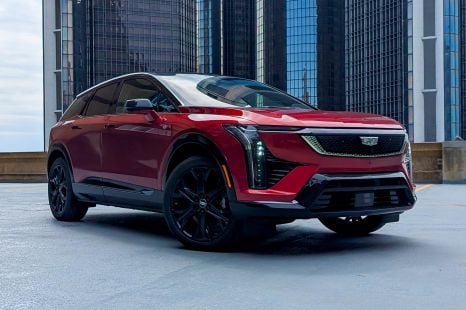

William Stopford
3 Days Ago
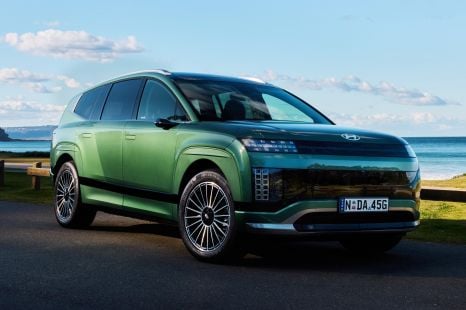

Josh Nevett
1 Day Ago
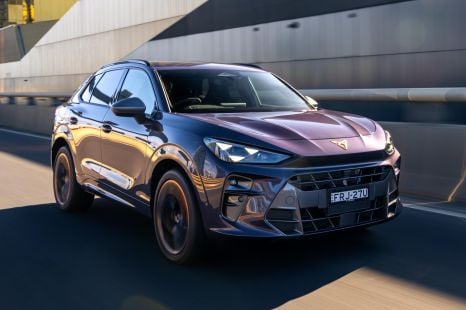

James Wong
1 Day Ago


Max Davies
1 Day Ago
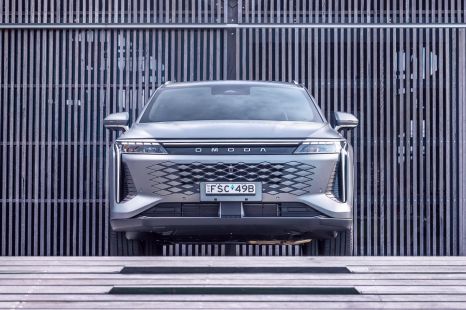

Damion Smy
18 Hours Ago